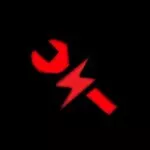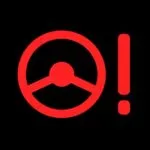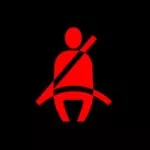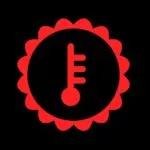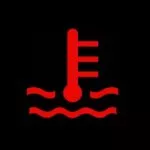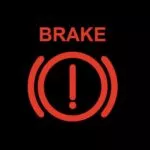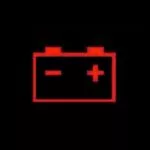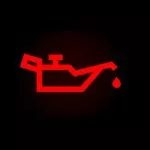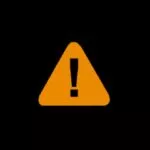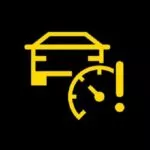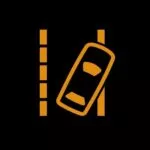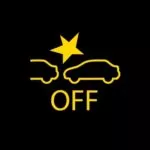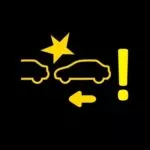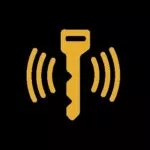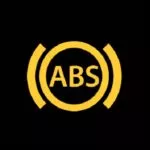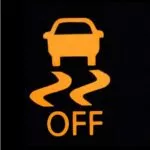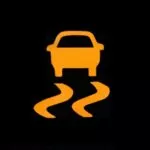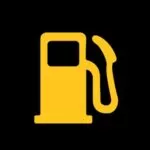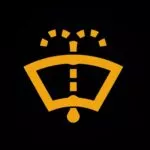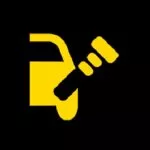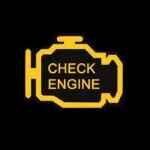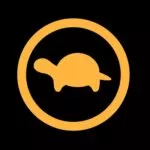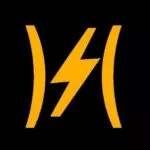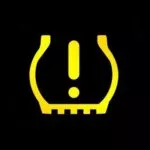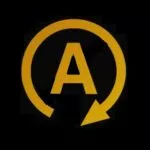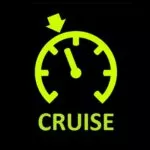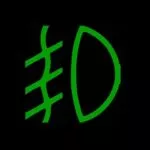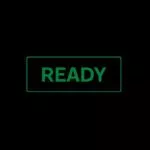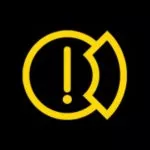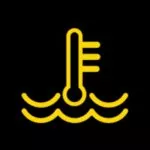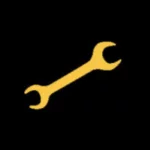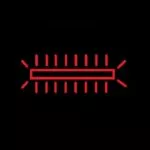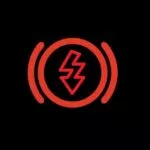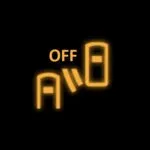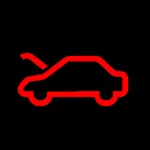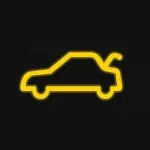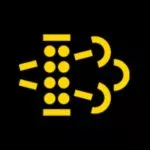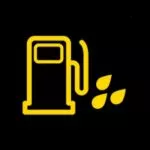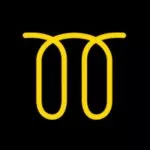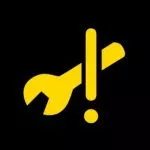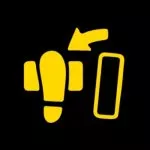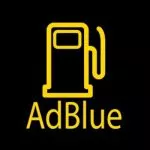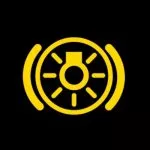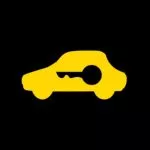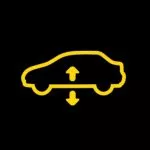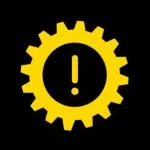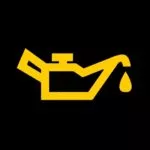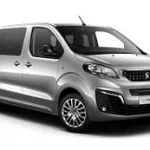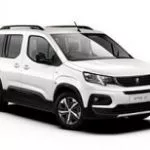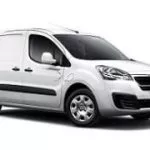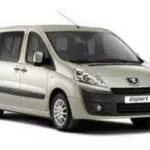Peugeot 508 Warning Lights
The Most Common Peugeot 508 Symbols
These are the most common dashboard symbols that you will see in your Peugeot 508. Click on one to see more information or scroll further down to see the link to the owner's manual where you can find even more symbols.
Can't see the warning light you are looking for? Check the official manual:
View Owner's Manual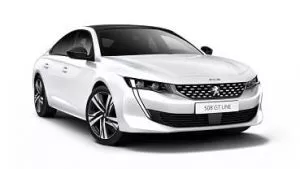
- Manufacturer: Peugeot
- Data Source: Owner's Manual
About the 508
A mid-sized to large family car, and later an estate, the 508 was built by the French automaker Peugeot. Vaguely replacing the 407 and 607, the 508 shared a platform with the Citroen C5 as a result of the joint collaboration put together by the PSA Group. The 508 and C5 were made side by side at both the Rennes plant in France, and the Wuhan factory in China.
Initially, the 508 in its first generation was 4.79 m long (with the estate version a little longer), and before Peugeot could officially launch the vehicle, snapshots were leaked online.
Peugeot debuted the 508 officially at the Paris Motor Show and expected sales to be greater in China rather than in its home country, France. This was met with slight surprise, if these predictions were to be proved right, the 508 would be the first ever Peugeot to sell more units outside of France.
The 508 matches the Volkswagen Passat BlueMotion (an overall system designed to improve fuel efficiency and reduce emissions thanks to changes made to engines, gearboxes, tires and aerodynamics). The only real difference was the size of the fuel tank, the 508 could run 1,017 m on just one tank of fuel. Scoring a fantastic 5 stars on the Euro NCAP safety test, the 508 received a 90% for adult, 87% for child safety and 41% for pedestrians.
A hybrid-electric crossover version was released under the name badge 508 RXH with flared arches and a color-coded grille to differentiate itself from the standard models. This vehicle could produce 163 bhp, had a 2-liter diesel combination electric engine and had the capability of smartly switching between the two modes. The engine would shut down when it could, on a downward slope or coming to a stop, the emissions would be drastically lowered, then the engine would restart when the battery was fully recharged.
